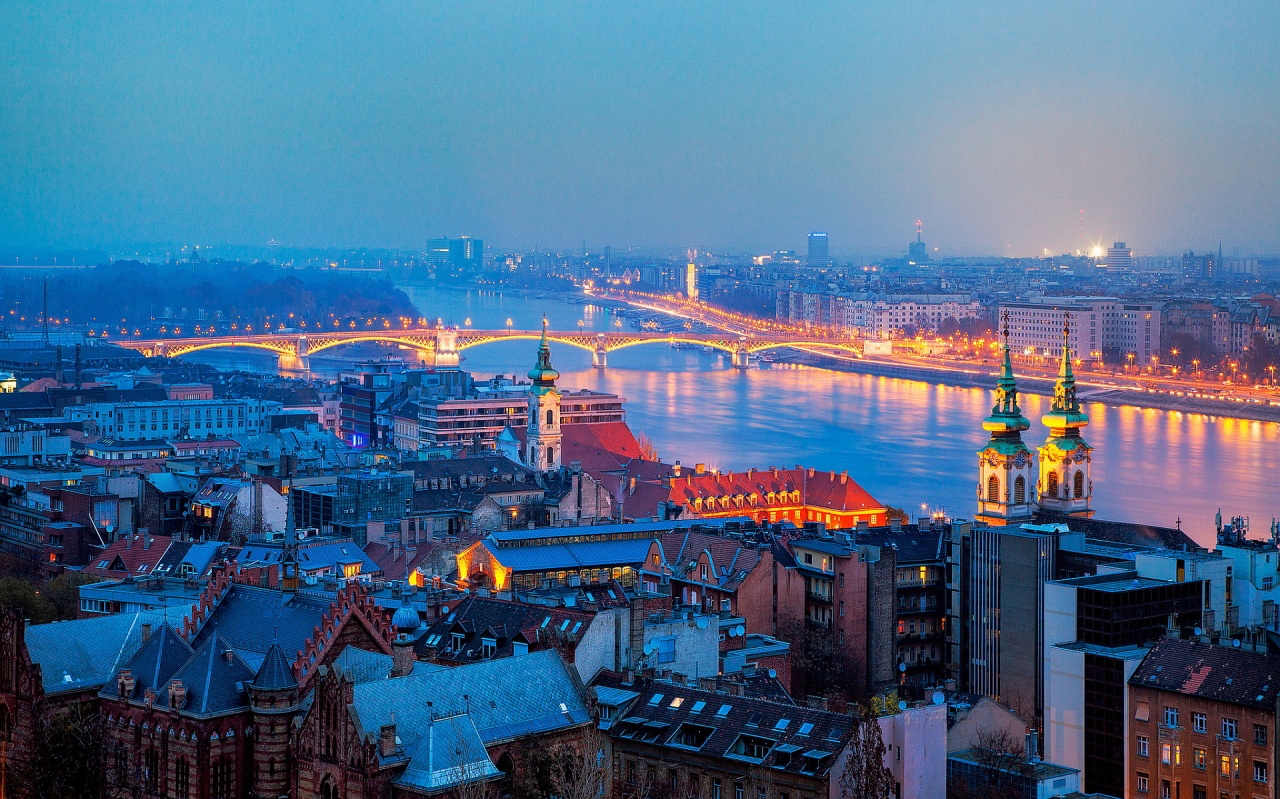Deep Winter in the Old World: the photos of Tamás Hajdu
zita kisgergely
In Transylvania the snow is deeper, the nights are darker, and everything just appears a bit stranger. At least it does through the eyes of veterinarian and photographer Dr. Tamás Hajdu, whose photographs of the area have brought him much international attention. While the area around Nagybánya, where the photographer lives, falls within Romanian borders, it was formerly part of Hungary, and many villages retain their Hungarian identity in language and culture. But you won't find Gothic castles or vampire allusions here: Hajdu specializes in capturing the unexpected in everyday life, and doesn't let a cold snowy day keep him from his craft.
You can find more of these stunning photos on Dr. Hajdu's blog here, or follow him on Facebook here. Click on the photos to enlarge.
Flatpack Films is based in Budapest, Hungary. We are a film company that offers an inspiring and professional work atmosphere for our local and international clients. Since our inception, our focus has been providing the best of the best in terms of local production resources, locations, cast, and technical teams to ensure that whatever the production we facilitate, we do to highest standard possible.









































































